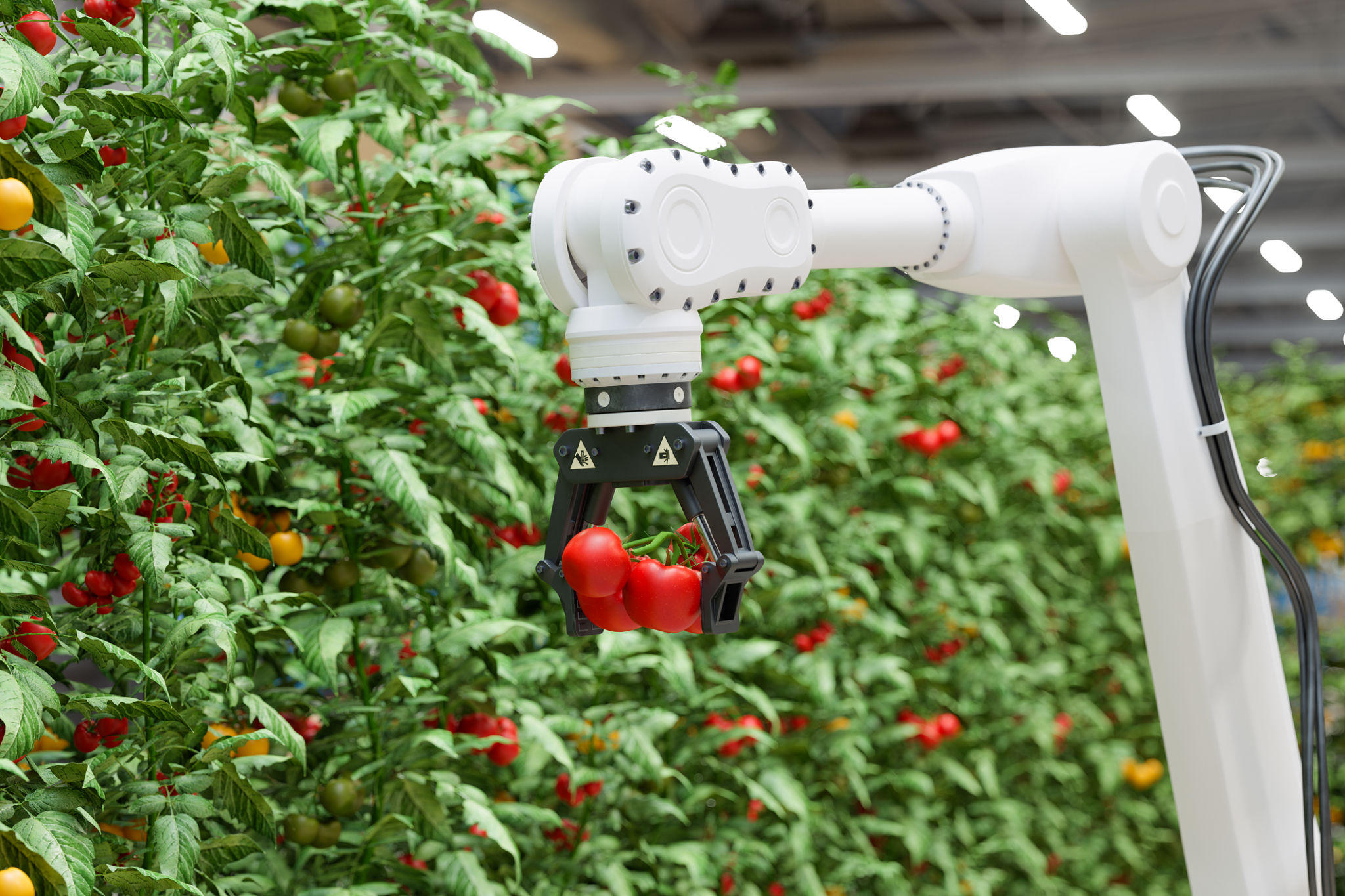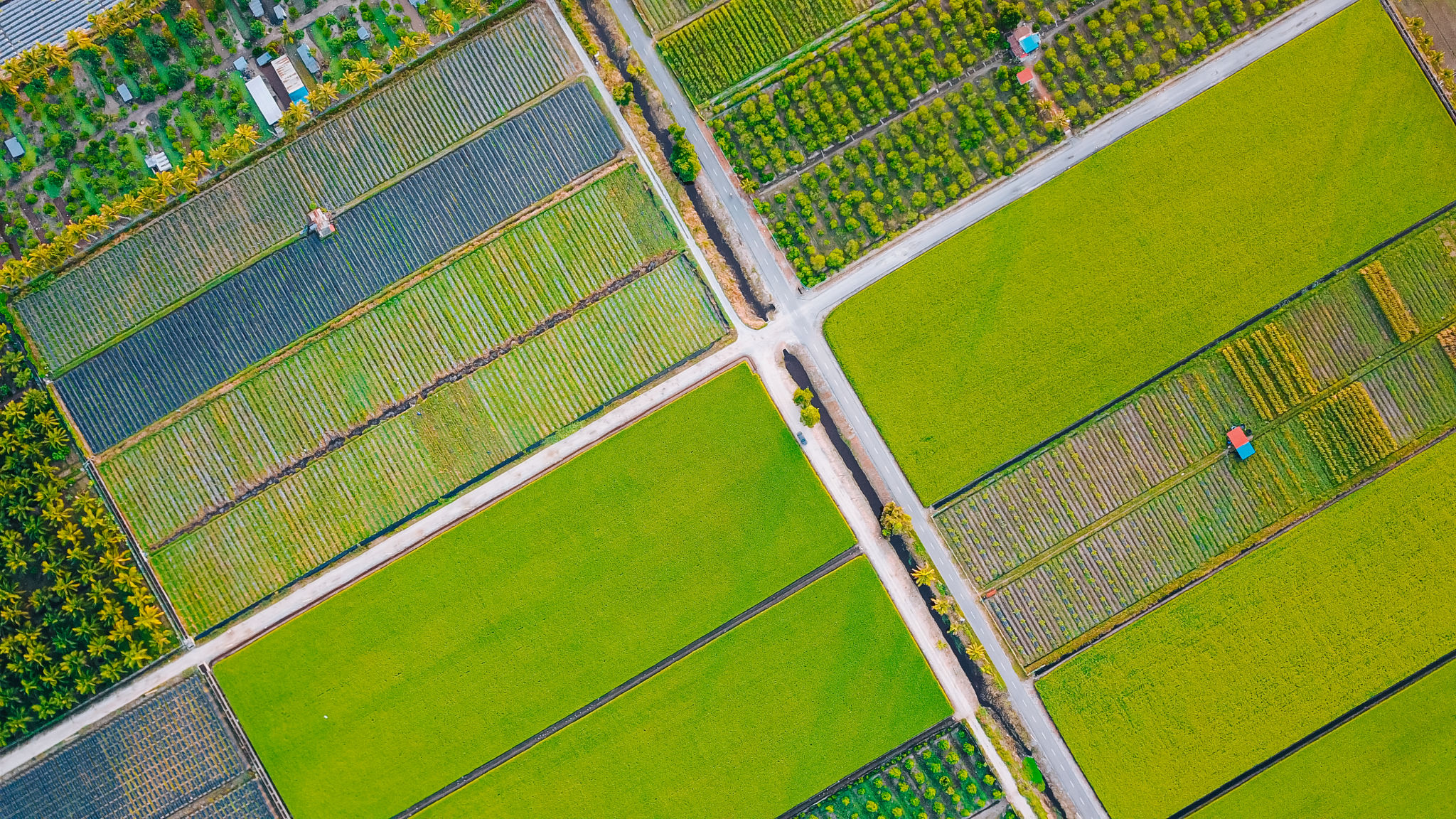Precision Farming in the Rockies: Leveraging Robotics for Success
Introduction to Precision Farming in the Rockies
Precision farming, also known as precision agriculture, has become a transformative approach in modern agriculture. In the rugged and diverse terrain of the Rockies, leveraging advanced technologies such as robotics has opened new avenues for farmers. By integrating these technologies, farmers can significantly enhance productivity and sustainability, ensuring their operations thrive even in challenging environments.
The unique landscape of the Rockies presents both opportunities and challenges for precision farming. The varying altitudes and microclimates require tailored agricultural practices that can be efficiently managed through robotic systems. These systems enable farmers to apply inputs such as water, fertilizers, and pesticides with pinpoint accuracy, reducing waste and environmental impact.

The Role of Robotics in Precision Farming
Robotics plays a crucial role in modernizing agricultural practices in the Rockies. These machines can perform tasks with high precision and efficiency, which is especially beneficial in difficult terrains where traditional machinery might struggle. From automated tractors to drone technology, robotics is reshaping how farming is conducted in this region.
One of the primary benefits of using robotics in precision farming is enhanced productivity. Robots can operate continuously without fatigue, covering more ground than human laborers. This capability is particularly valuable during planting and harvesting seasons, where timing is critical to maximize yield.
Enhancing Resource Management
Incorporating robotics into precision farming helps optimize resource management. Automated systems can monitor soil health and crop conditions in real-time, allowing farmers to make informed decisions about resource allocation. This not only conserves water and fertilizers but also ensures that crops receive what they need for optimal growth.

Overcoming Challenges with Technology
The unpredictable weather patterns and diverse topography of the Rockies can pose significant challenges to conventional farming methods. However, precision farming technologies offer solutions to these hurdles. By using GPS and satellite data, farmers can create detailed maps of their fields, identifying areas that require specific interventions.
Robotic systems equipped with sensors can also detect and respond to environmental changes swiftly. For instance, if a particular section of a field is experiencing drought stress, robots can be directed to irrigate only that area, conserving water resources while maintaining crop health.
Sustainability and Environmental Benefits
Precision farming in the Rockies not only boosts farm productivity but also promotes sustainability. By minimizing chemical runoff and reducing resource wastage, robotic technologies help protect the delicate ecosystems of the region. This environmentally conscious approach ensures that agricultural practices contribute positively to the surrounding natural landscape.

The Future of Farming in the Rockies
As technology continues to evolve, the potential for precision farming in the Rockies expands. With ongoing advancements in robotics and data analytics, farmers will have access to even more sophisticated tools for managing their operations. These innovations promise to further increase efficiency and sustainability in farming practices.
Looking ahead, the integration of artificial intelligence with robotics could provide predictive insights into crop performance and weather patterns, allowing for proactive rather than reactive farming strategies. This foresight will be crucial in adapting to climate change impacts and ensuring long-term agricultural success in the Rockies.
Conclusion
The adoption of robotics in precision farming represents a significant leap forward for agriculture in the Rockies. By harnessing these technologies, farmers can navigate the region's unique challenges while enhancing productivity and sustainability. As more farmers embrace this modern approach, the future of farming in the Rockies looks promising and resilient.